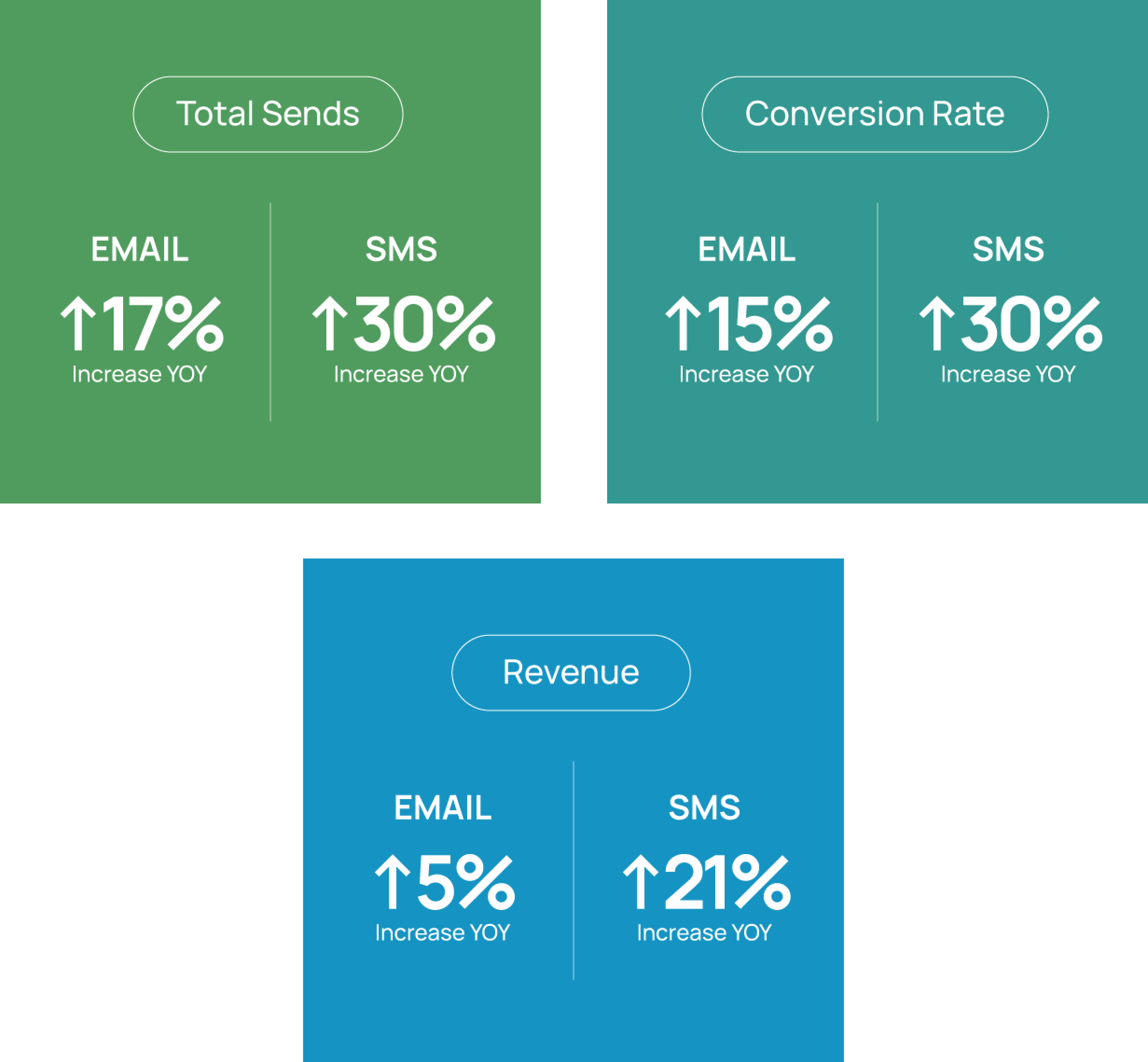Recommendations Reach Far Beyond the Cart Page


Marketers have been using personalization to increase engagement and conversions for many years, starting with the interjection of first name in email subject lines and direct mail pieces. Today, with access to a wealth of data and marketing automation at their fingertips, retail marketers are able to make personalized product recommendations at every touchpoint to provide each shopper with a truly one-on-one brand experience.
What is Personalization?
For many retailers, personalization takes shape in the form of recommendations on the website, such as the popular and effective upsell and cross-sell recommendations on the cart page. But just as marketers have quickly learned that product recommendations – when contextually relevant – have a place on other pages of the website as well to help move the customer closer to a purchase, they are also learning that to keep customers truly engaged and purchasing, they must offer a personalized experience not just on-site, but at every touchpoint.
While most retailers realize the need to offer personalized customer experience across channels to compete, many find that the cost and time spent developing their own product recommendations algorithms are prohibitive. Fortunately, technology exists so that digital marketers can quickly and easily launch a personalization product recommendations program that reaches far beyond the cart page, test it, iterate on it and optimize the results.
Personalization's Impact
Many retailers work hard to generate great content for websites, blogs, in store signage and more, but when treating all shoppers the same and presenting the same experience and conversation, conversion rates can be low and overall customer experience can suffer. Relevance is critical, and the more relevant retailers make interactions with shoppers – be it in-store, online, in email or display ad - the more likely they will convert.
In-Store:
Emerging technologies such as Mobile beacons and wearable devices are changing retail dramatically. Beacons are equipped with Bluetooth Low Energy technology, so they can wirelessly communicate and transmit data with mobile devices with Bluetooth turned on. This not only allows retailers to track a customer’s path to purchase, but also to send relevant product recommendations to her while she’s shopping in-store.
A recent report from Google found that 85% of shoppers would be more likely to shop in stores that offer personalized coupons, 64% in stores that offer product recommendations and 54% in stores that offer recommendations based on what friends/family have purchased.
Online:
It’s no surprise that including product recommendations throughout a retailer’s website drives increased sales. In fact, in a Listrak-sponsored Harris Interactive Survey 67% of consumers reported that they find it useful when a retailer recommends product on the pages of its website. The key to providing a truly relevant online experience is to personalize as many pages of the website as possible with products that are truly meaningful to the visitor where she is in the customer journey. A poorly chosen recommendation can be worse than no recommendation at all.
Online shoppers have grown accustomed to seeing product recommendations presented on a retailer’s cart page, product detail pages and homepage, however, there are many other on-site opportunities to personalize the shopping experience. For example, placing relevant product recommendations on a search page when no results are presented improves the experience and may keep the visitor on the site. Category landing pages are additional areas of opportunity for retailers to personalize the customer journey by showing recommendations that are contextually relevant and that meet the retailers’ business goals. And of course, any custom campaign landing pages should also include product recommendations or personalized content to engage the customer and enhance her experience.
Email:
Many retailers have indicated they want to increase the level of personalization with their current email marketing efforts, and it’s a wise move. In the same Harris Interactive Survey referenced above, 80% of consumers reported that they find it useful when retailers send emails featuring products based on previous purchases and 71% on what they have browsed but not purchased.
Adding personalized product recommendations to emails allows a retailer to send a unique, relevant message to every individual subscriber without investing a significant amount of time developing different email creative for different list segments. Recurring automated campaigns combine the benefits of marketing messages and personalization and present each subscriber with a new array of products each time they are deployed without requiring any additional time or resources. Utilizing product recommendations in triggered email campaigns like Shopping Cart Abandonment, Browse and Abandon, Post Purchase and more can help to significantly increase click through and conversion rates, along with AOV.
Transactional messages are another area of untapped personalization opportunity for retailers. E-receipts and Order and Shipping Confirmation emails are some of the highest opened and clicked on messages, and customers often make additional purchases from them. Providing them with personalized recommendations based on their recent purchase or past purchase behavior can increase revenue dramatically for retailers. In fact, for some retail clients, cross-selling in post-transaction confirmation emails has more than doubled conversion rates.
Display:
Retailers are very familiar with display retargeting, a technology that has been widely adopted over the past several years. With the latest personalization technology, retailers can now personalize display ads with items most recently browsed or items left behind in a shopping cart. Additionally, display ads now allow consumers to interact with the ad to scroll and see additional product recommendations.
Retailers Take Control
Today’s technology allows retailers to have more control over the products and content being recommended. Retailers can now harness data from every customer touch point (in-store data, online behavioral data, mobile interaction, etc.) to recommend products personalized to each customer at every touchpoint. As competition becomes more intense, the retailers who will succeed will be the ones seamlessly blending promotional and informational messages across channels and delivering the right message at the right time in the right place with the right effect.

















.svg)

































.png)

